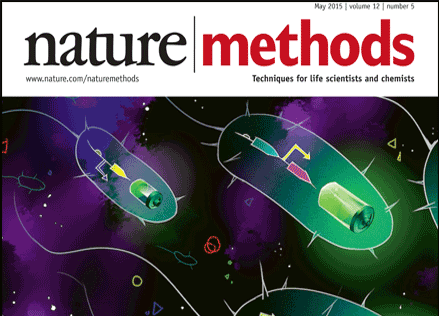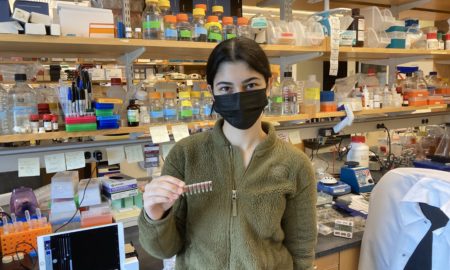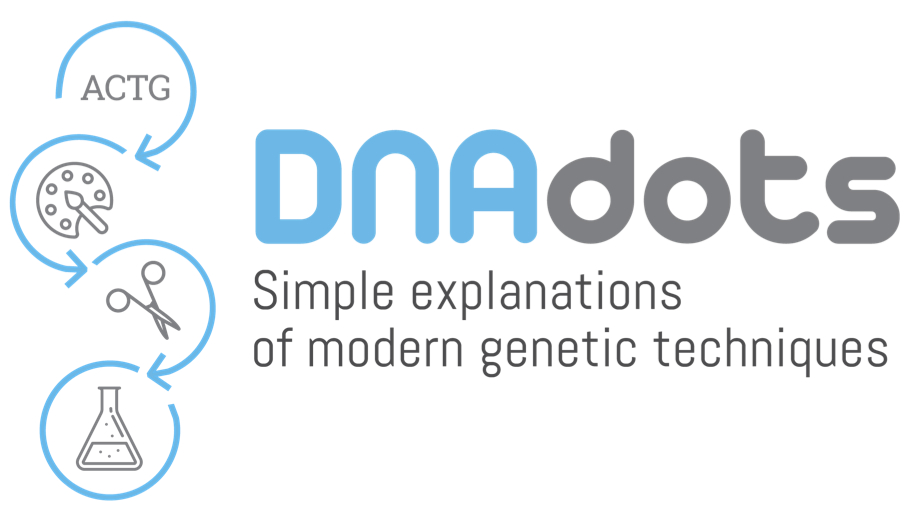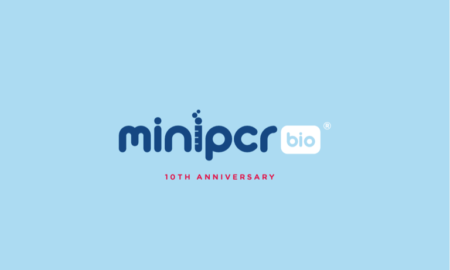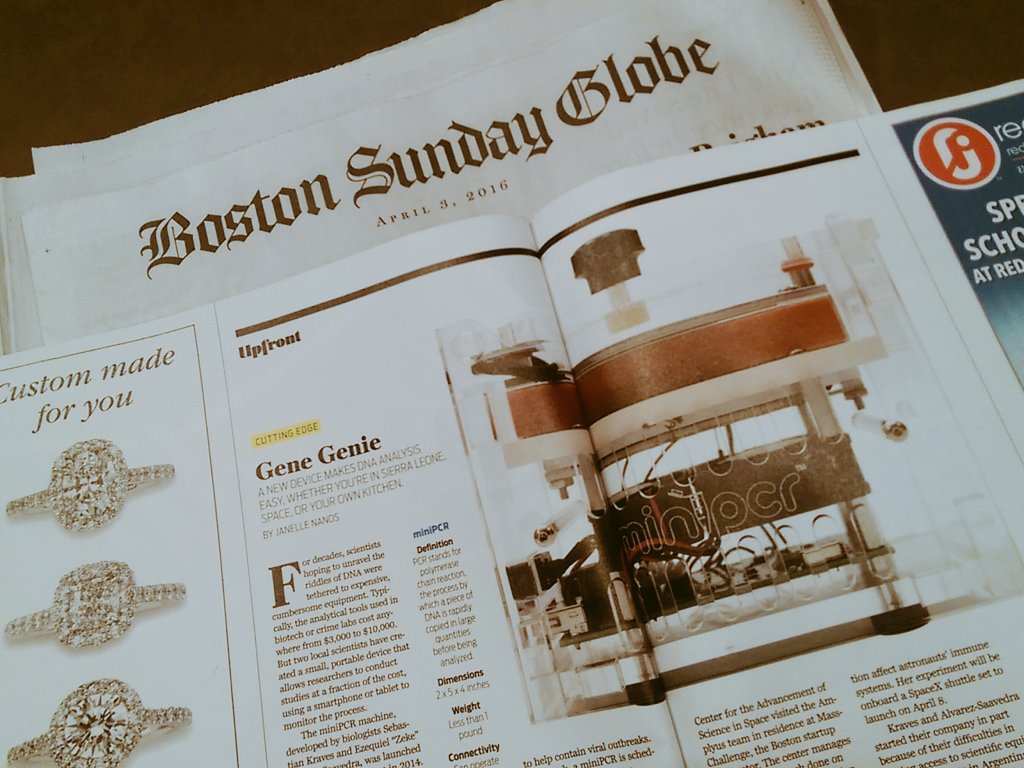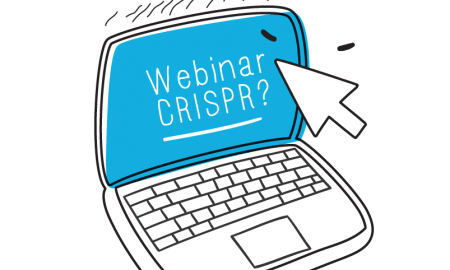miniPCR Featured in Nature Methods
PCR heads into the field
2015 has so far been a breakthrough year in our mission to make DNA science accessible. Among other news, we’ve partnered with the International Space Station to put miniPCR in orbit, inviting students to propose and design the first DNA amplification experiment in space through an exciting competition.
In addition, the impact of miniPCR in scientific research and biomedicine has been expanding, as captured by the current issue of Nature Methods. miniPCR has been featured alongside innovative PCR technologies that are making field-based DNA detection and analysis portable, convenient, and accessible.
We’re excited to be supporting use cases as diverse as fighting Ebola in Sierra Leone to training biomedical workers in Haiti. Dr. Ian Goodfellow, a virologist from the University of Cambridge in the UK, traveled with Public Health England to work with other volunteers on Ebola containment in Sierra Leone. This is incredibly important work at a time of great need. As part of his efforts, Dr. Goodfellow performs on-site molecular diagnostics to determine who is infected with Ebola and also sequences Ebola strains to study the ongoing evolution of the virus.
Dr. Goodfellow said “Without the miniPCR we wouldn’t be able to do the work.” It turns out that in the hot conditions of the field-based lab, other really expensive PCR equipment (costing over $30,000) could not get the job done and miniPCR saved the day!
Access to full feature by Vivien Marx through this link.
